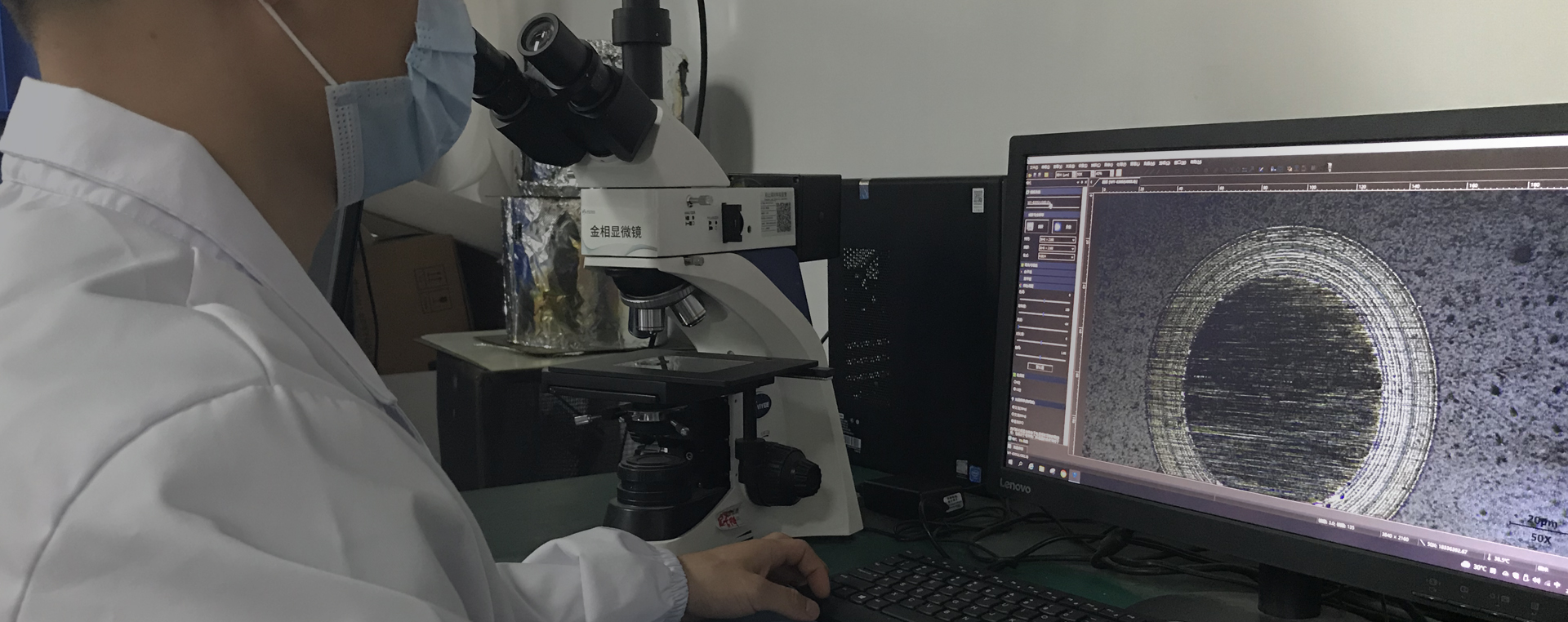Sio2-ta2o5 optical interference films were prepared by HiPIMS reaction sputtering
The introduction
When Si target and Ta target oxygen reaction sputtering, the intake hysteresis loop can be inhibited by using appropriate HiPIMS pulse parameters, and the process stability can be ensured even without gas controller.
Dot eyeball
Sio2-ta2o5 optical interference film was prepared by HiPIMS reaction sputtering, and compared with the film layer prepared by RFMS, the stacking layer prepared by HiPIMS was denser, the interface between SiO2 and Ta2O5 was clearer, and the refractive index was higher.
content

The sputtering Si target parameters are: HiPIMS frequency is 1Khz, pulse width is 40US, Ar= 45SCcm, O2= 0-4SCcm air intake. The curves of increasing and decreasing gas are shown in FIG. 1 (a) and (b). The target parameters of sputtering Ta were: HiPIMS frequency was 50Hz, pulse width was 200US, Ar=45sccm, O2= 0-50SCcm air intake. The curves of increasing and decreasing gas were shown in FIG. 1 (c) and (D).
FIG. 1, a) and b) show the curves of current voltage, power and oxygen content when Si target is connected to HiPIMS, and c) and d) show the curves of current voltage, power and oxygen content when Ta target HiPIMS
As can be seen from the figure, with the increase or decrease of oxygen content, both Si target and Ta target do not have hysteresis phenomenon. The oxygen content window for preparation of SiO2 and Ta2O5 by HiPIMS is very wide.
FIG. 2, a) shows the 11-layer stacking layer prepared by RF sputtering. Compared with b) stacking layer prepared by HiPIMS, the film layer is denser and the interface between SiO2 (white bright layer) and Ta2O5 (dark layer) is clearer.
Figure 2, a) and b) show the SEM images of filter sections of SiO2 and Ta2O5 prepared by RFMS and HiPIMS, respectively


The refractive index of optical layer prepared by RFMS and HiPIMS was respectively compared, as shown in FIG. 3. At the wavelength of 550nm, tantalum pentaoxide prepared by HiPIMS reached 2.2, while the refractive index of coating prepared by RFMS was 2.16. The significant increase of 0.04 is mainly due to the increased density of amorphous film layer caused by the enhanced ion bombardment during HiPIMS sputtering.
Figure 3, refractive index N of SiO2 and Ta2O5 prepared by RFMS and HiPIMS

conclusion
The fabrication window of SiO2 and Ta2O5 by HiPIMS is wider, and the refractive index of the monolayer is significantly higher than that of the coating prepared by RFMS. At the same time, the 7 - and 11-layer stacking filter layers have higher membrane-based bonding strength and lower membrane stress.
 18922924269
18922924269
